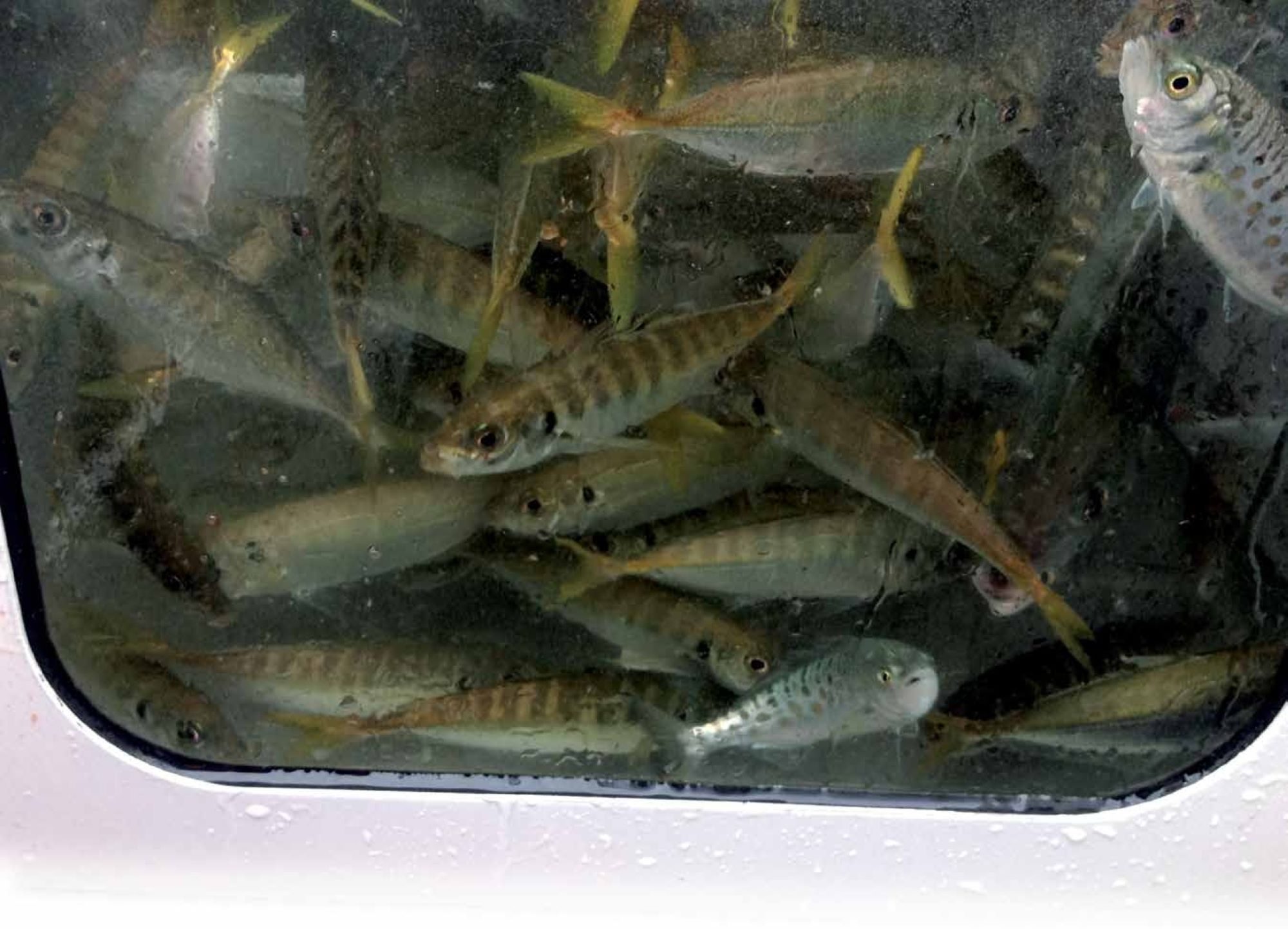

There’s an elephant in the room: white-baiting.
Of the native freshwater fish considered endangered – īnanga, shortjaw kōkopu, giant kōkopu, kōaro, kanakana/piharau (lamprey), and tuna (longfin eel) – the first four in the list constitute ‘whitebait’, along with banded kokupu, which is not threatened.
Whitebait catches fluctuate wildly from year to year and the mix of species that make up the catch also varies, between seasons and from place to place. The consensus among fishers is that whitebait catches are on average worse today than 40 years ago. Anecdotally, the species composition of the catch is changing as well, but I could find no research to back this up.
The whitebait fishing season varies by region. Unlike trout and salmon (or recreationally-caught sea fish), ordinary citizens are allowed to sell whitebait on the open market, which tempts some fishers to operate commercial-scale operations. Every year many tonnes of whitebait are harvested.
Many white-baiting regulations are archaic, dating back to 1894, and the rules are often poorly policed, leaving the fishery vulnerable to abuse.
Many people consider the continued harvest of endangered fish is only making their survival more uncertain. Perhaps a first step to slow the decline of native fish might be to better regulate whitebait fishing. Some would argue it’s time to close fishing altogether, at least until New Zealand rehabilitates its freshwater environments. If we restore spawning and adult habitat, the native species that make up whitebait might just beat extinction.
SUPPORTING FINDINGS FROM THE STUDY
• Nitrate-nitrogen concentration was 18 times higher in the urban landcover class, and 10 times higher in the pastoral class compared with the native [forest] class for the period 2009-13.
• Nitrogen leaching from agricultural soils was estimated to have increased 29 percent from 1990 to 2012.
• Dissolved reactive phosphorus concentration was three times higher in the urban class and 2.5 times higher in the pastoral class compared with the native class (2009-13).
• E.coli concentration was 22 times higher in the urban land-cover class and 9.5 times higher in the pastoral class compared with the native class (2009-13).
• Of the 39 native freshwater fish species reported on, 72 percent were either threatened with (12 species), or at risk of (16 species), extinction in 2013.
• Declines in conservation status were observed for four species between assessment periods (2009 and 2013) – Central Otago roundhead galaxias, Canterbury galaxias, black mudfish, and kanakana/ piharau (lamprey).




